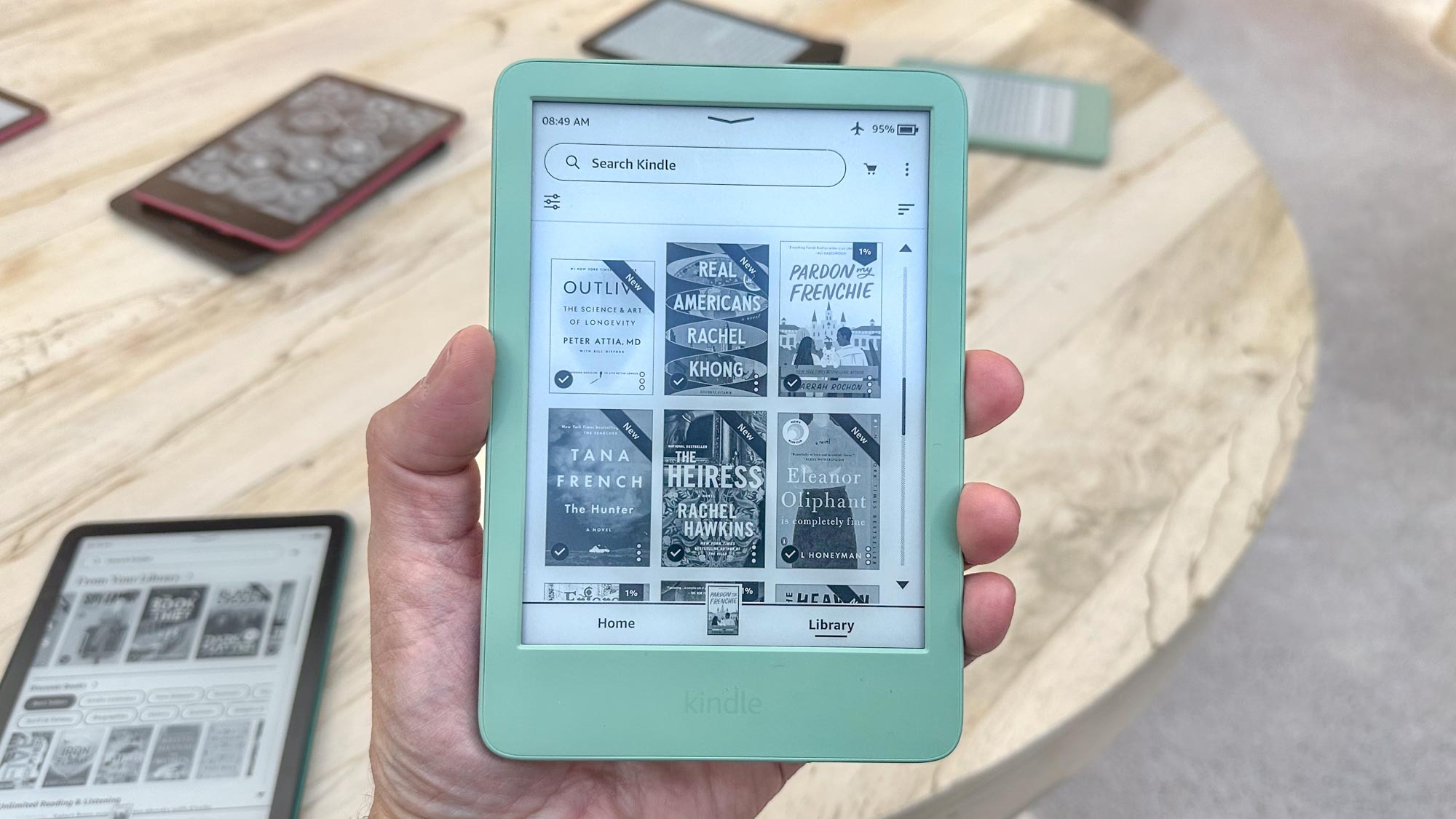Tom's Guide Verdict
Not only is the installation straightforward and the app helpful at finding the best signal for both the internal and external antenna, but the SureCall Flare 3.0 cell phone booster increased my signal strength. Additionally, the 5G performance is enough to boost your signal from fair to good, or from good to great.
Pros
- +
Easy installation
- +
Intuitive app
- +
Flexibility in placement
Cons
- -
Lots of wiring
- -
Some troubleshooting to find the right signal strength
Why you can trust Tom's Guide
Cell phone signal boosters are probably something you have never thought about until you unexpectedly drop a phone call. Think how absolutely rage-inducing it is when you’re on an important phone call, or even when you’re just chatting with a friend or family member, and out of the blue, your call is dropped.
You check your phone, and it says you have three out of four bars. So, what the heck happened? Well, it turns out those cell phone bars aren’t exactly the best indicator of cell phone signal strength and quality, and your home may be in need of a cell phone signal booster, like the SureCall Flare 3.0.
Even though many companies have called for a return to the office, more people still work from home post-pandemic than ever before. Over 20% of employees still work from home, and that means a reliable cell phone signal in the home is more important than ever. A cell phone signal booster can help, well, boost that cell phone signal strength to help eliminate dropped calls, slow data speeds, and the frustration that comes along with bad cell signal.
When I received the SureCall Flare 3.0 cell phone signal booster, I wondered how much difference it would make at my house, because typically I usually have 3 out of 4 bars. It wasn’t until I used the field test menu on my iPhone, (more on that later) that I discovered that my cell phone signal strength and quality wasn’t as good as I had once thought.
With this new knowledge, it made me turn to the SureCall Flare 3.0 and whether or not this cell phone signal booster could improve the cell phone signal in my home.
SureCall Flare 3.0 review: Specifications
| Row 0 - Cell 0 | Row 0 - Cell 1 |
Uplink Frequency Range (MHz) | 698-716 / 776-787 / 824-849 / 1850-1915 / 1710-1755 (G Block Included) |
Downlink Frequency Range (MHz) | 728-746 / 746-757 / 869-894 / 1930-1995 / 2110-2155 (G Block Included) |
Maximum Gain | 72 dB |
Cable | RG-6 (50 ft) |
Weight | 1.81 pounds |
Dimensions | 5.125 × 7.25 × 5.625 inches |
SureCall Flare 3.0 review: Setup and installation
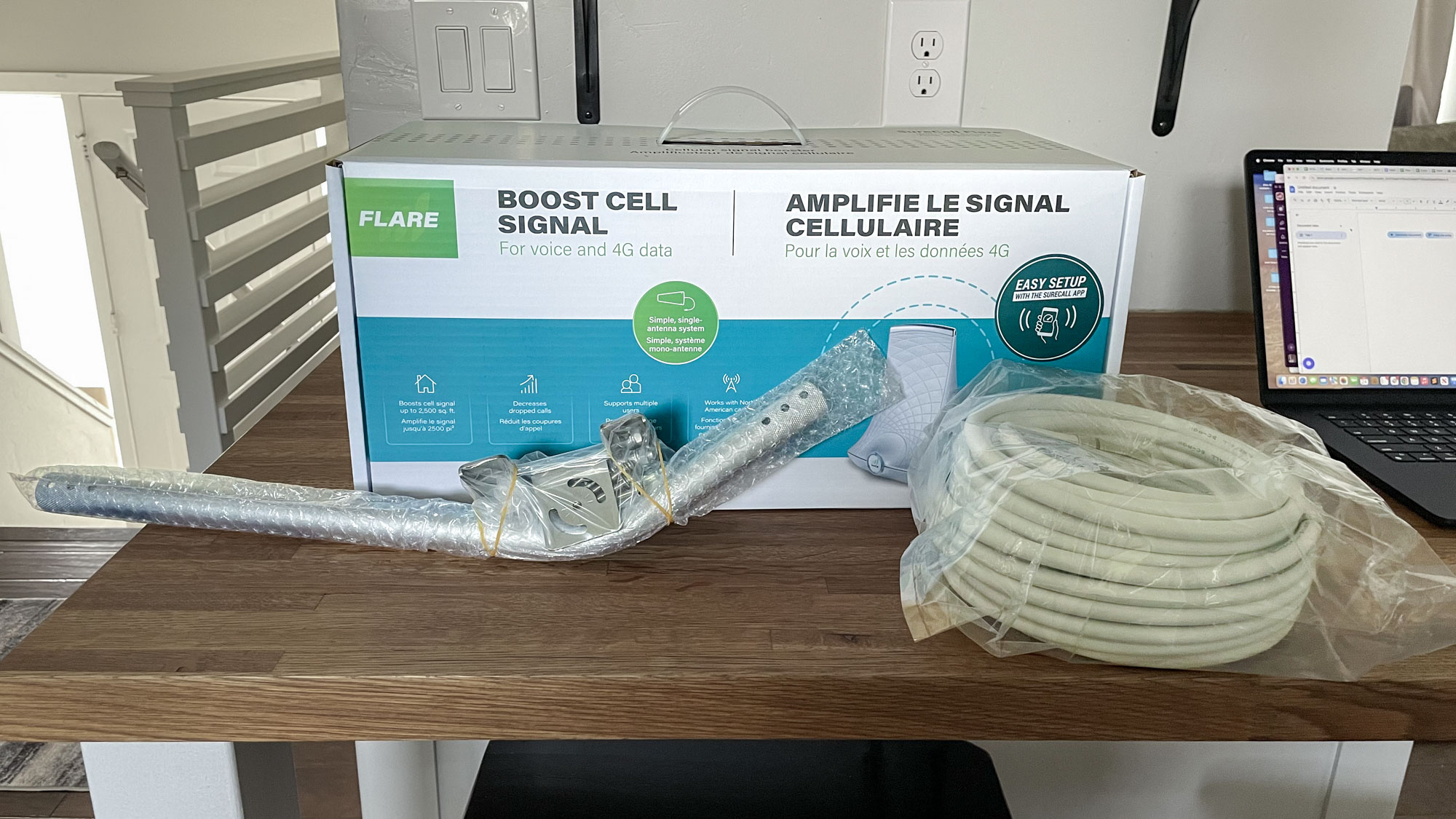
In the box you’ll find both the inside receiver and the outside antenna, two U-hooks/clamps to clamp the outside antenna to a pole on your house (this is what I did), and even a mounting bracket if you want to mount the antenna to the side of your house or garage. You’ll also find 50 feet of coax cable.
For the installation, first, you need to plug in the indoor antenna and download the SureCall app (from the QR code in the instructions). This will help you both point the outdoor antenna in the right direction towards the nearest cell tower, and get proper separation between the indoor receiver and the outside antenna. Without this, it can create what is called oscillation, and without getting too technical, it essentially prevents the receiver from working as best as it can.
Get instant access to breaking news, the hottest reviews, great deals and helpful tips.
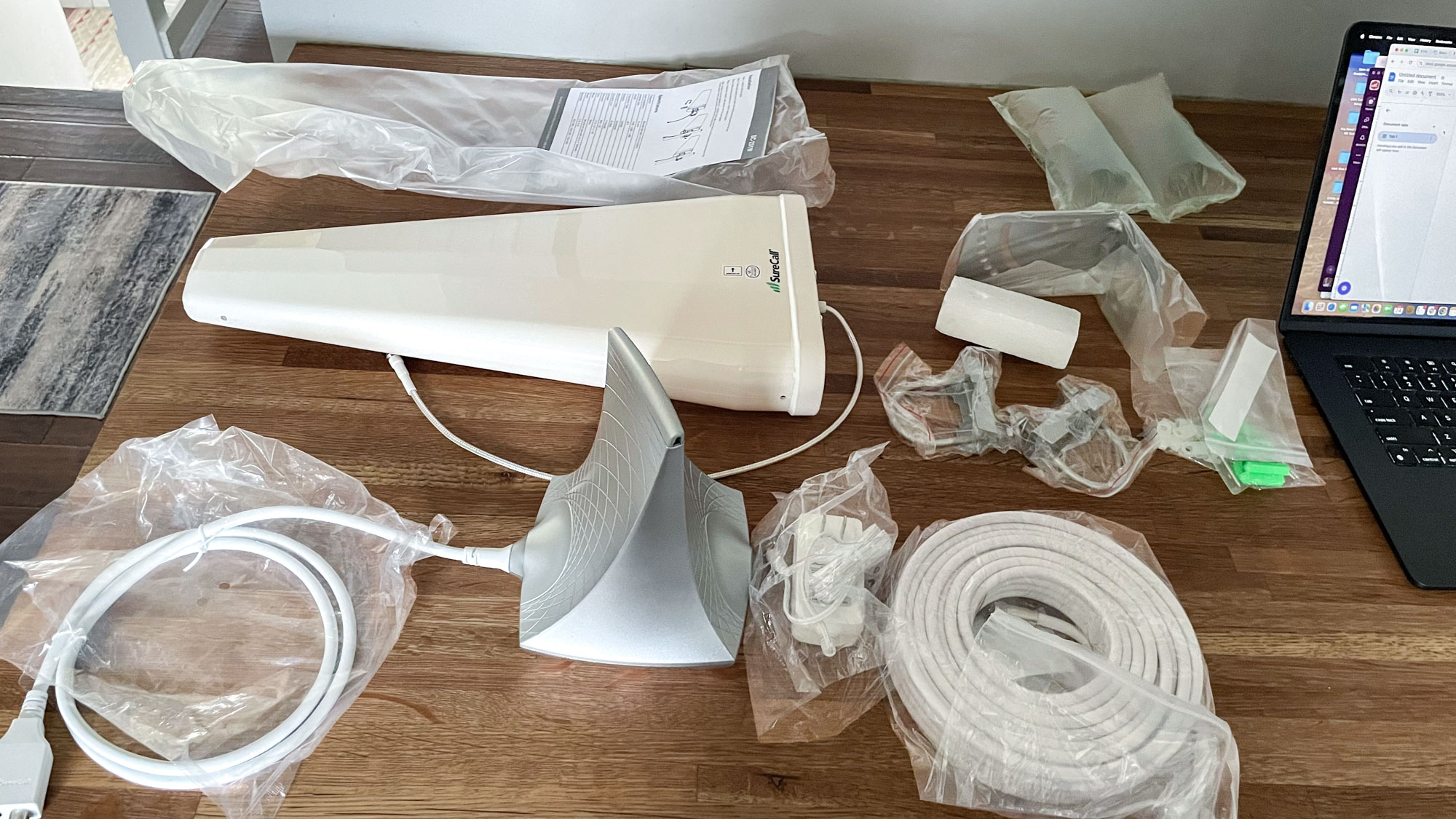
For the outdoor antenna, I followed the directions and clamped it to the highest sight line on my house. From there, I used the app to point the antenna where the signal was best (towards the nearest cell tower).
Now, here’s the rub: yes, you want the best signal possible. But when I got back inside, the receiver was showing a red light indicator on the left side. When I checked the manual, this meant the signal was too strong. What? Apparently, a signal that is too strong disrupts certain cellular bands. So, back to the rooftop I went, and adjusted the antenna until the inside receiver was satisfied.
I also had to move the inside receiver around a little bit to make sure there was good separation. The app will also help guide you in doing so. What’s nice about the installation is that once the inside receiver is plugged in, and the outside receiver is installed with the cable running from outside to inside, the installation is done. No prompts you need to follow on the app, or special steps to take. Just plug it in and it’s basically ready.
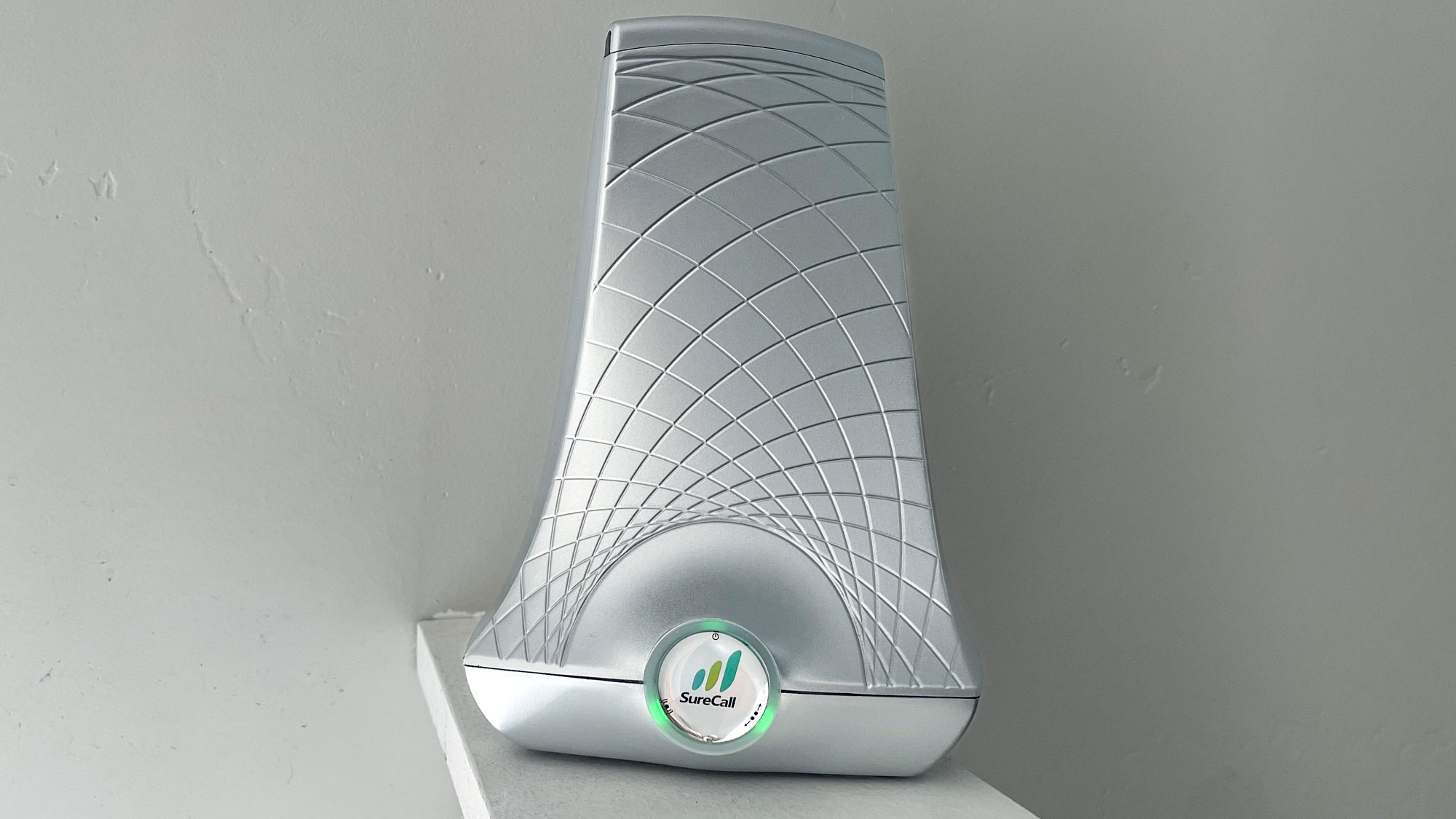
I do have a gripe with the coax cable though. For one, it’s really thick. For testing, I ran the cable down the front of my house and in through my front door. I basically couldn’t close the door all the way due to the thickness of the cable. I would recommend getting on Amazon or Best Buy and ordering a flat coax cable to make it easier to slide under a door or through a window.
SureCall Flare 3.0 review: Performance
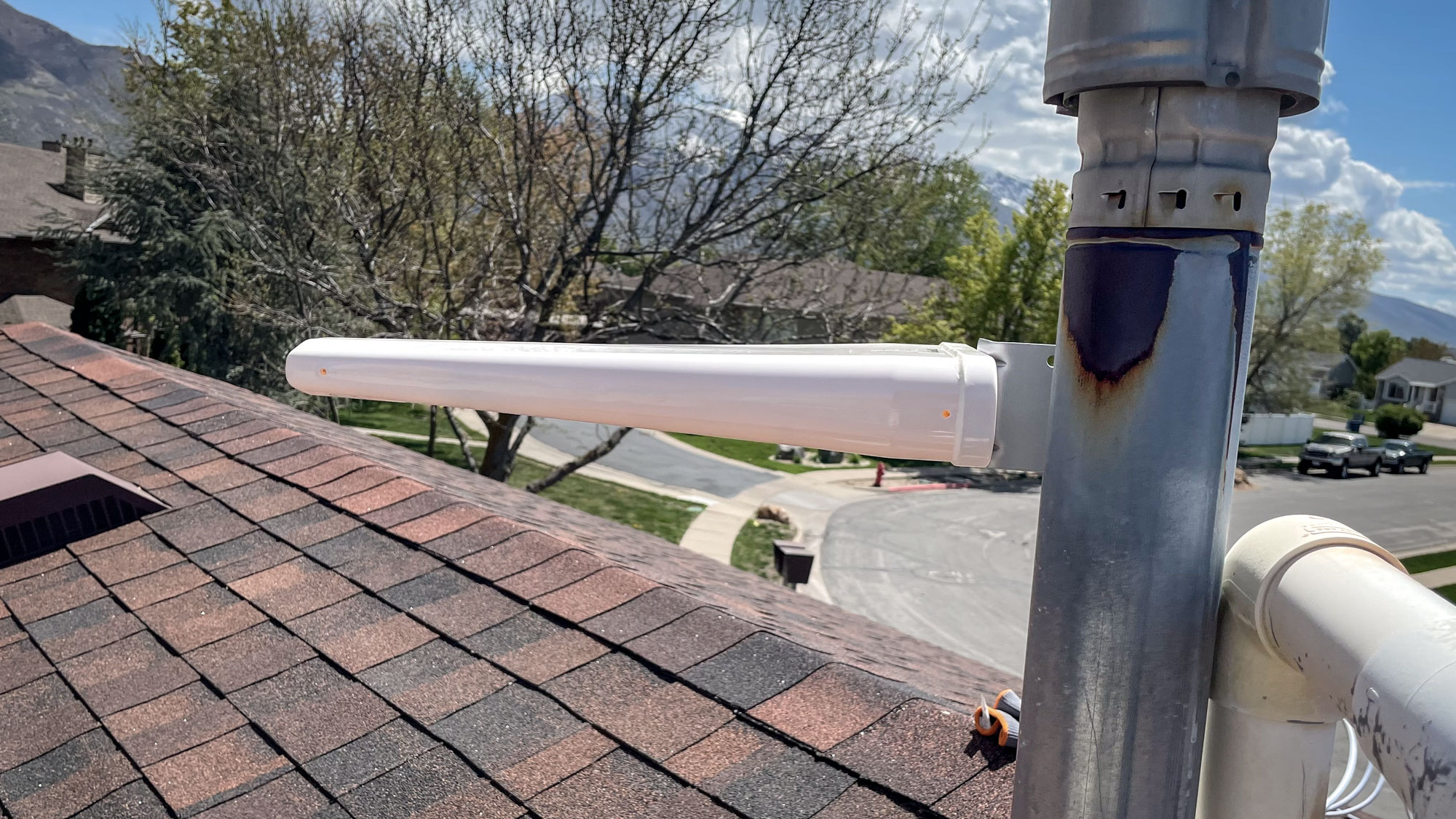
Before I get into the actual performance, I want to explain the metrics I'm using to measure performance. Cell signal strength is measured in a metric called Reference Signals Received Power, or (RSRP) for short. There is also another metric, Reference Signal Received Quality, or (RSRQ), that measures the signal quality.
A quick and dirty breakdown of the measurements and what they mean is as follows:
- RSRP - Lower (more negative) numbers mean weaker signals.
- Good range:
- Excellent: ≥ -80 dBm
- Good: -80 to -90 dBm
- Fair: -90 to -100 dBm
- Poor: < -100 dBm
- Good range:
- RSRQ - Higher (less negative) numbers are better.
- Good range:
- Excellent: ≥ -10 dB
- Good: -10 to -15 dB
- Poor: < -15 dB
- Good range:
Now that you have a better understanding of the technical stuff, let’s dive into the performance. There is a “field testing menu” that you can get to on your iPhone to test cell phone signal strength.
Using that, I took several measurements throughout the day (they change every few seconds as it constantly updates readings) and took the average signal strength before and after using the signal booster.
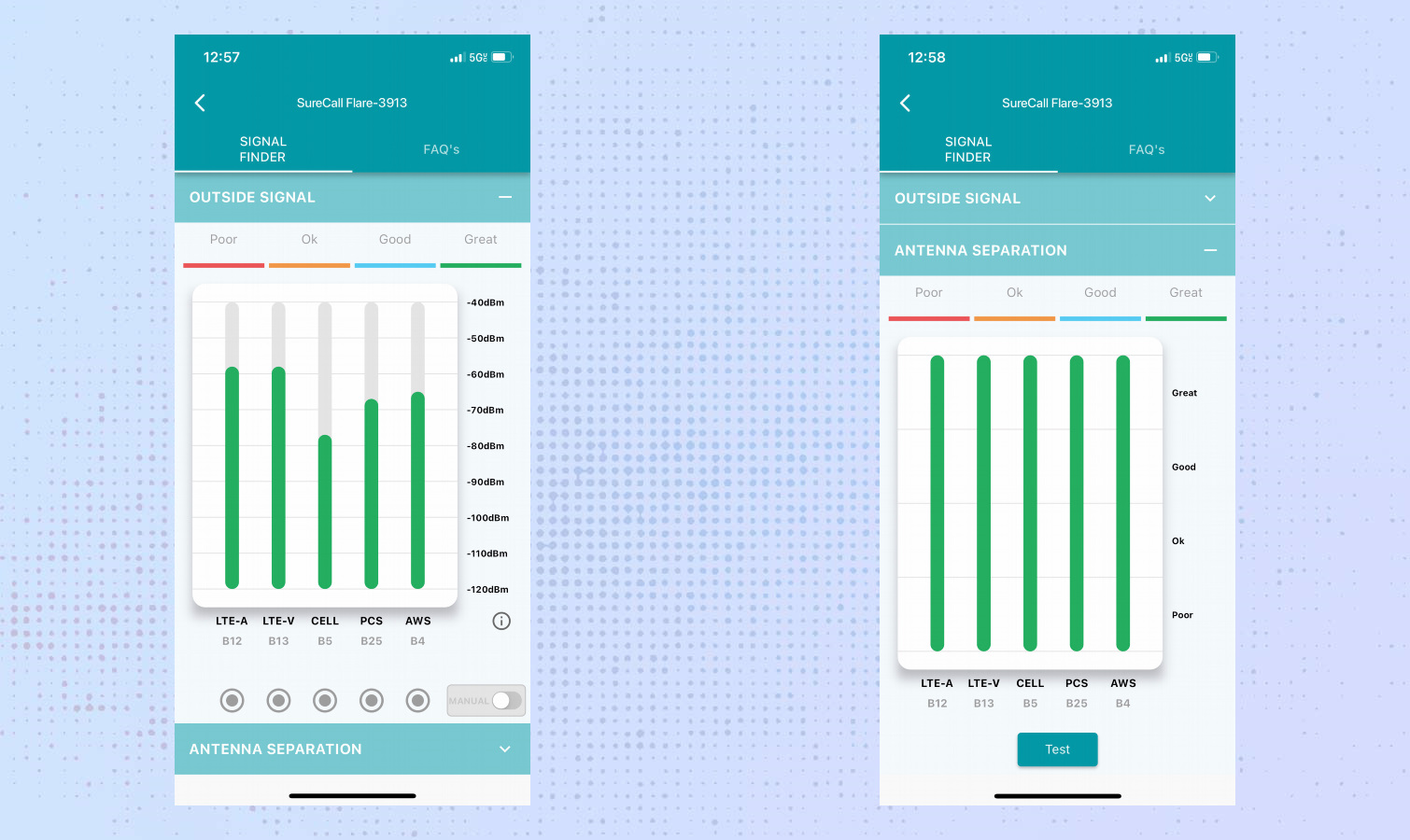
Before the signal booster was installed, throughout my home, the average measured RSRP was -102 dBm for 5G, which apparently is poor. My average measurement after the cell phone booster was activated was -92 dBm, which upgrades it into the fair category.
When it came to LTE, before the booster, I was seeing an average of -101 dBm. After the booster was installed, I was seeing an average of -95.6 dBm, which is about a 6 dBM improvement.
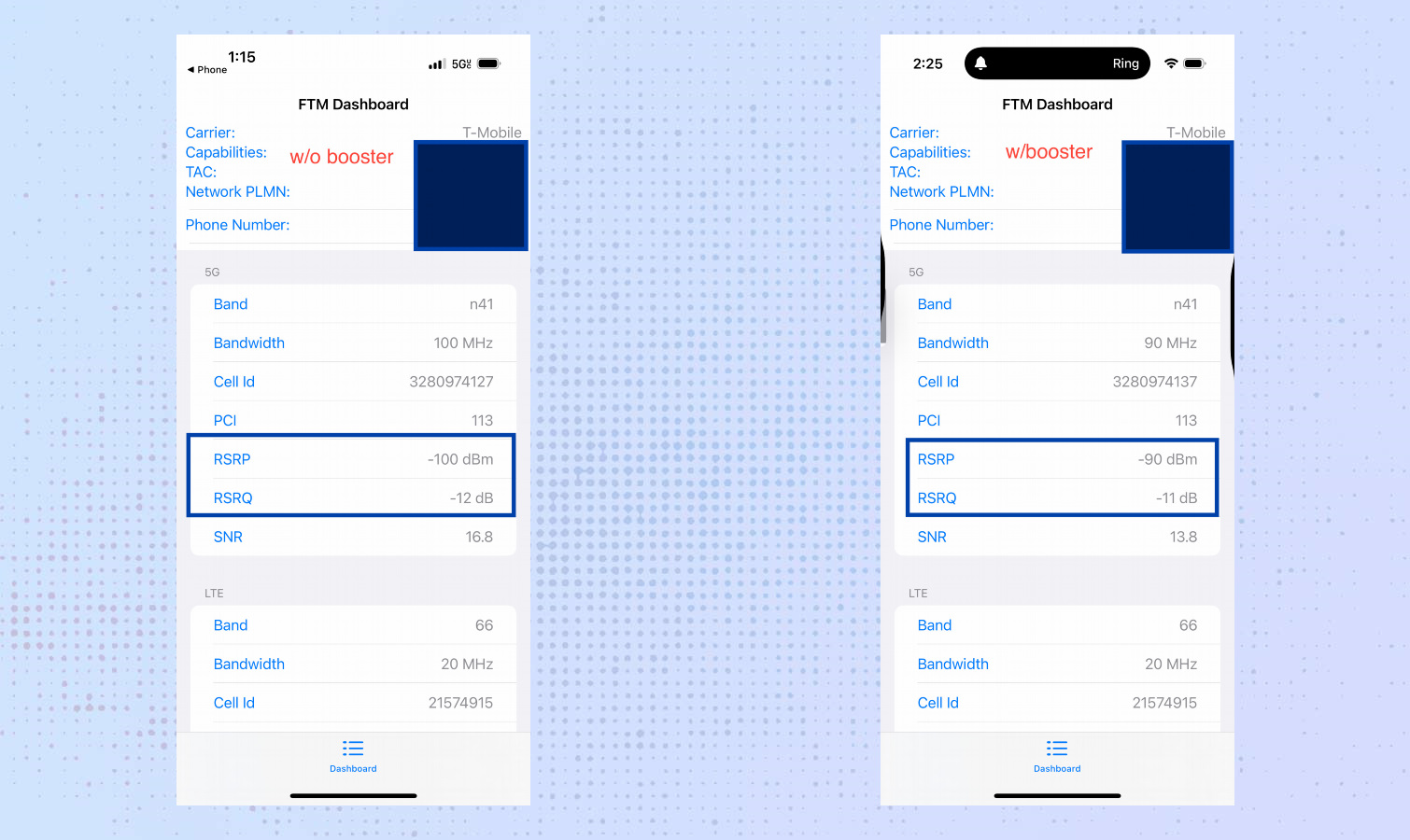
Interestingly enough, although I did see an increase in RSRP, the RSRQ stayed relatively the same. The average for both before and after RSRQ was -11 dB (11.66666667 to be exact).
Of course, this is nowhere near the maximum gain listed on the manufacturer's website, but that’s ok. There are a myriad of factors that contribute to those signal boost numbers.
Overall, I was shocked that the cell phone signal was apparently so poor initially in my home, and pleased that the cell phone booster worked to improve and provide a more reliable and stable signal.
SureCall Flare 3.0 review: Price
The SureCall Flare 3.0 retails for $379.99 from the manufacturer's website. You can also find it on Amazon for the same price.
Ultimately, for me, that boost from poor to fair doesn’t come cheap. But I do see the appeal. Multiple people work from home in my house, which means Wi-Fi can be at a premium, and sometimes, be unreliable for Wi-Fi calls. Having a stronger cell phone signal frees up Wi-Fi and serves as a priority avenue for your phone calls, text, etc.
I also see the appeal if you live in a so-called cell phone “dead-zone.” Especially if you obtain closer to the maximum amount as provided by the manufacturer (72 dBm) — which honestly is probably a highly inflated number — but nonetheless, in that scenario, I could also see it being worth it.
SureCall Flare 3.0 review: Verdict
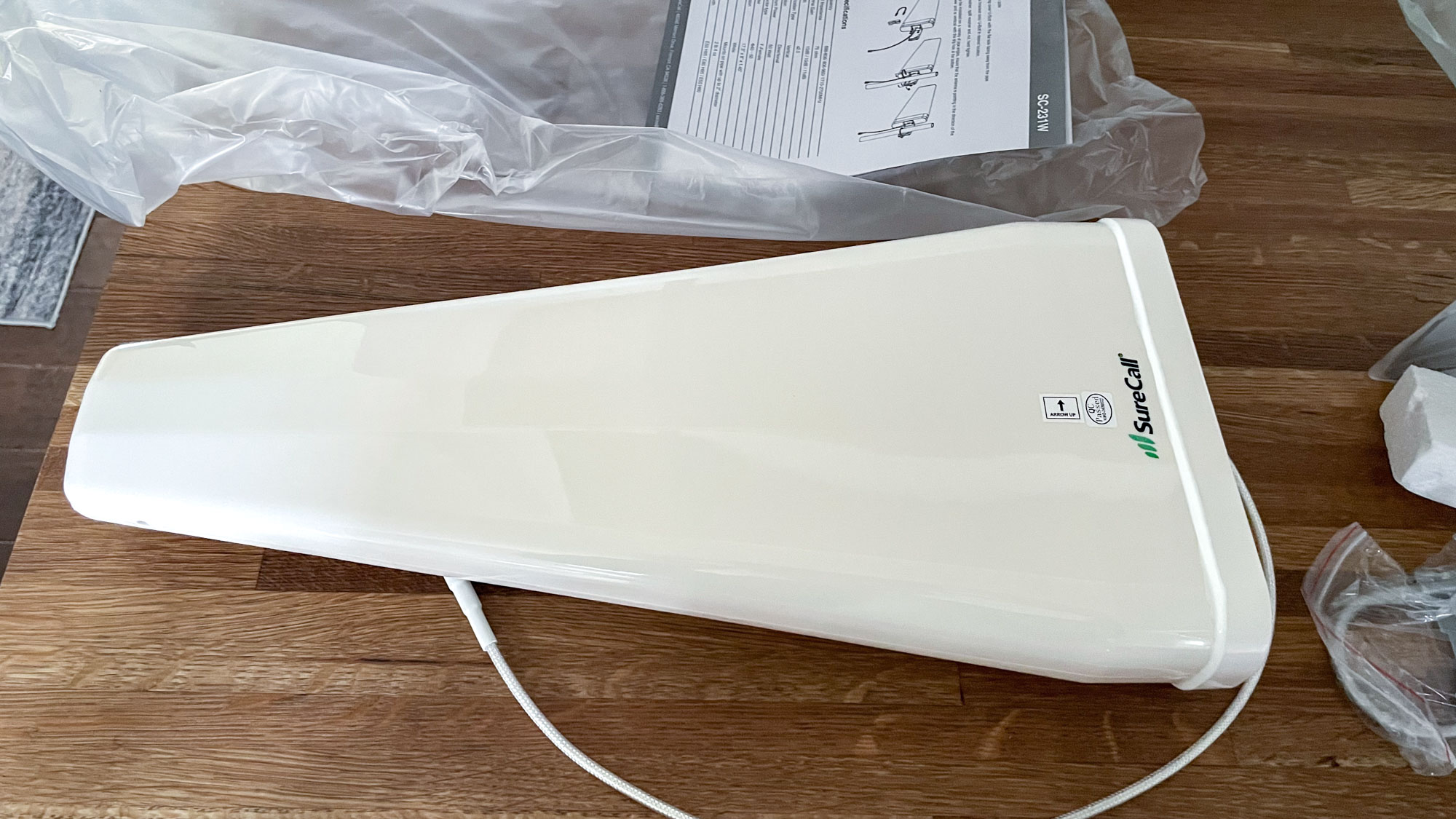
Aside from some manual labor of getting on my roof (you don’t have to do that), and a little troubleshooting to get the correct signal strength to the receiver, the installation was easy. It’s akin to a TV antenna — screw it in to your coax jack in the back of the TV and bam, free cable.
It feels almost the exact same way — connect the coax cable, turn it on, and you’re good to go. I do recommend forking out a little extra money to get a flat cable instead of the girthy one that is provided. Unless you want to do some drilling and patching through walls, a flat cable will do wonders for you getting the cable inside your home through windows or doorways without being intrusive.
I experienced an average of 10 dBm improvement for signal strength and practically no real change in quality with my day-to-day use. For me, that’s not enough of a difference to shell out the cash for a cell phone signal booster, but that’s not to say that it could be a smart move for you, depending on your living situation and cell tower coverage in your area.
Jonathan Knoder is a freelance writer and covers a variety of topics from tech to lifestyle, but he has a special affinity for audio gear and smart home tech. He is based in Ogden, Utah and his writing has been featured in Top Ten Reviews, Tom's Guide, SPY.com, Security Sales and Integration, and Salt City Hoops. Jonathan graduated from Weber State University with a degree in digital media. Outside of work, Jonathan is usually playing guitar and drums, at the park with his dog, or slicing it into someone's house at his local golf course.
You must confirm your public display name before commenting
Please logout and then login again, you will then be prompted to enter your display name.


